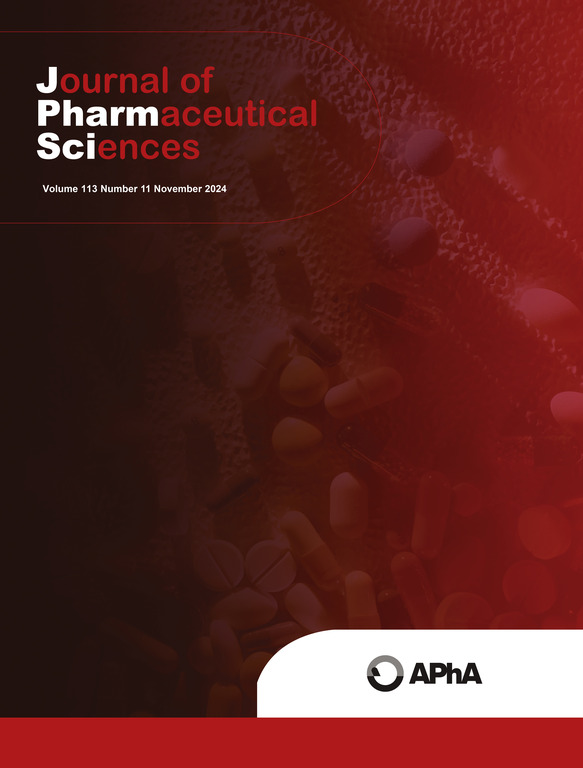Physiologically based pharmacokinetic model of brivaracetam to predict the exposure and dose exploration in hepatic impairment and elderly populations
IF 3.7
3区 医学
Q2 CHEMISTRY, MEDICINAL
引用次数: 0
Abstract
Brivaracetam (BRV) is a new third-generation antiseizure medication for the treatment of focal epileptic seizures. Its use has been increasing among epileptic populations in recent years, but pharmacokinetic (PK) behavior may change in hepatic impairment and the elderly populations. Due to ethical constraints, clinical trials are difficult to conduct and data are limited. This study used PK-Sim® to develop a physiologically based pharmacokinetic (PBPK) model for adults and extrapolate it to hepatic impairment and the elderly populations. The model was evaluated with clinical PK data, and dosage explorations were conducted. For the adult population with mild hepatic impairment, the dose is recommended to be adjusted to 70 % of the recommended dose, and to 60 % for moderate and severe hepatic impairment. For the elderly population with mild hepatic impairment under 80 years old, it is recommended that the dose be adjusted to 60 % of the recommended dose and to 50 % for moderate and severe conditions. The elderly population with hepatic impairment over 80 years old is adjusted to 50 % of the recommended dose for all stages. Healthy elderly do not need to adjust. The BRV PBPK model was successfully developed, studying exposure in hepatic impairment and elderly populations and optimizing dosing regimens.
基于生理学的 brivaracetam 药代动力学模型,用于预测肝功能损伤和老年人群的暴露量和剂量探索。
布里瓦西坦(Brivaracetam,BRV)是一种新型第三代抗癫痫药物,用于治疗局灶性癫痫发作。近年来,该药在癫痫患者中的使用量不断增加,但在肝功能受损和老年人群中,药代动力学(PK)行为可能会发生变化。由于伦理方面的限制,临床试验很难进行,数据也很有限。本研究使用 PK-Sim® 建立了一个基于生理的成人药代动力学(PBPK)模型,并将其推断到肝功能受损和老年人群。该模型通过临床 PK 数据进行了评估,并进行了剂量探索。对于有轻度肝功能损害的成人,建议将剂量调整为推荐剂量的 70%,对于中度和重度肝功能损害,建议将剂量调整为推荐剂量的 60%。对于 80 岁以下患有轻度肝功能损害的老年人群,建议将剂量调整为建议剂量的 60%,中度和重度肝功能损害的老年人群建议将剂量调整为建议剂量的 50%。80岁以上肝功能受损的老年人群,所有阶段的剂量调整为推荐剂量的50%。健康老人无需调整。BRV PBPK 模型的成功开发,研究了肝功能损害和老年人群的暴露情况,并优化了给药方案。
本文章由计算机程序翻译,如有差异,请以英文原文为准。
求助全文
约1分钟内获得全文
求助全文
来源期刊
CiteScore
7.30
自引率
13.20%
发文量
367
审稿时长
33 days
期刊介绍:
The Journal of Pharmaceutical Sciences will publish original research papers, original research notes, invited topical reviews (including Minireviews), and editorial commentary and news. The area of focus shall be concepts in basic pharmaceutical science and such topics as chemical processing of pharmaceuticals, including crystallization, lyophilization, chemical stability of drugs, pharmacokinetics, biopharmaceutics, pharmacodynamics, pro-drug developments, metabolic disposition of bioactive agents, dosage form design, protein-peptide chemistry and biotechnology specifically as these relate to pharmaceutical technology, and targeted drug delivery.

 求助内容:
求助内容: 应助结果提醒方式:
应助结果提醒方式:


